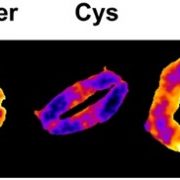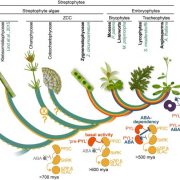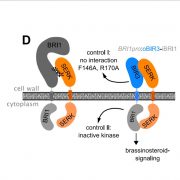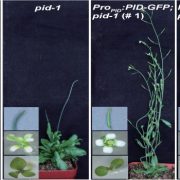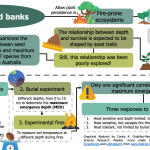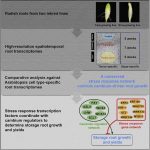Rocks in the auxin stream: Wound-induced auxin accumulation and ERF115 expression synergistically drive stem cell regeneration (PNAS)
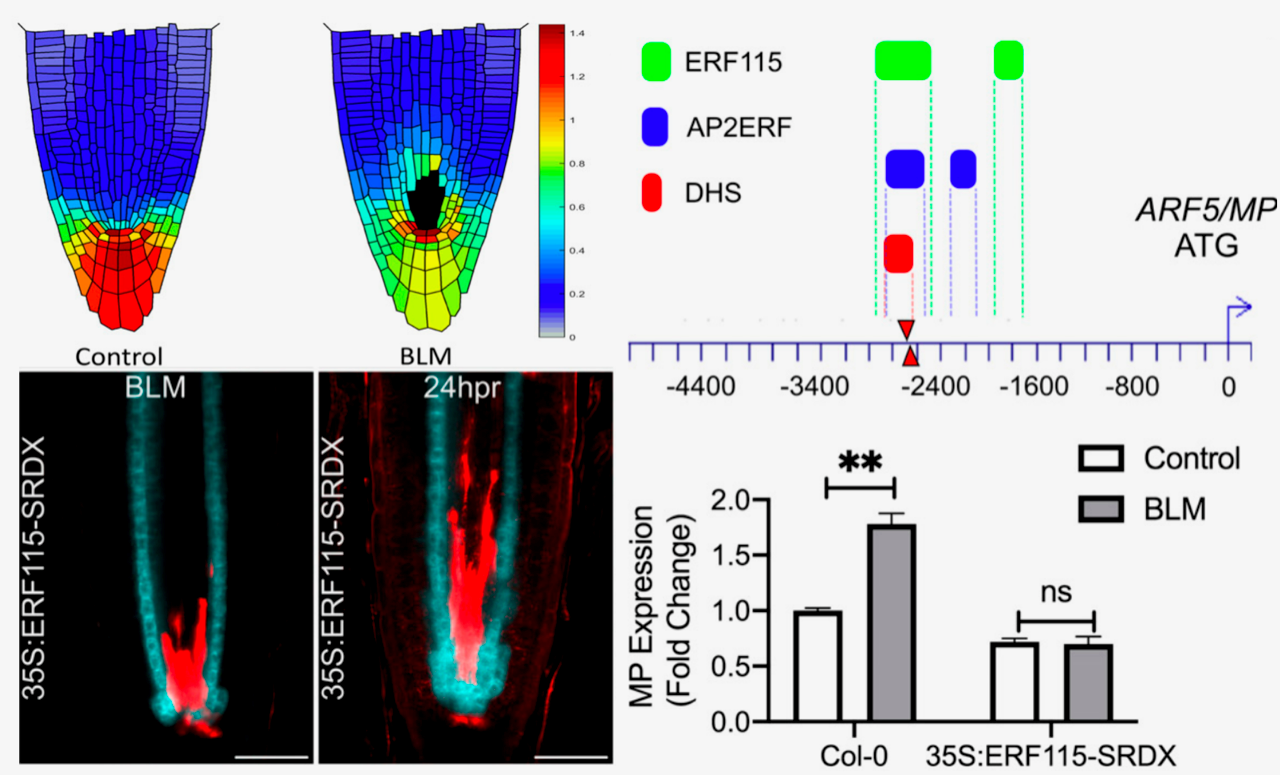 Plants have evolved exquisite regenerative capacities to repair wounds or even reform complete organs thanks to the proliferative activity of stem cell niches residing in meristems. Different types of injuries elicit different developmental and regenerative responses. However, a key player seems to be the phytohormone auxin, which plays multiple roles in wound recovery or regeneration of lost organs. Nevertheless, a mechanistic view of how plants deploy the correct regenerative program against different types of injury is still lacking. A recent paper by Canher et al. sought to investigate cellular regeneration after DNA damage-induced cell death of vascular stem cells. The authors combined in silico modeling of auxin distribution, imaging of reporter, dominant-negative, overexpression and auxin response lines, and treatment with the DNA damage-inducing drug bleomycin (BLM). In their model, dead vascular stem cells obstruct auxin flow (like rocks in a stream) and cause it to accumulate. This activates ERF115 expression, which grants partial stem cell identity to neighboring endodermal cells and fits them with the formative capacity to replace the dead stem cells. RNA-seq analyses of BLM-induced genes showed that ERF115 probably sensitizes cells to auxin by activating expression of ARF5/MONOPTEROS, a major regulator of vascular tissue development, suggesting a mechanism in which ERF115 feeds the wounding input into auxin-dependent developmental processes. (Summary by Jesus Leon @jesussaur) Proc. Natl. Acad. Sci. USA 10.1073/pnas.2006620117
Plants have evolved exquisite regenerative capacities to repair wounds or even reform complete organs thanks to the proliferative activity of stem cell niches residing in meristems. Different types of injuries elicit different developmental and regenerative responses. However, a key player seems to be the phytohormone auxin, which plays multiple roles in wound recovery or regeneration of lost organs. Nevertheless, a mechanistic view of how plants deploy the correct regenerative program against different types of injury is still lacking. A recent paper by Canher et al. sought to investigate cellular regeneration after DNA damage-induced cell death of vascular stem cells. The authors combined in silico modeling of auxin distribution, imaging of reporter, dominant-negative, overexpression and auxin response lines, and treatment with the DNA damage-inducing drug bleomycin (BLM). In their model, dead vascular stem cells obstruct auxin flow (like rocks in a stream) and cause it to accumulate. This activates ERF115 expression, which grants partial stem cell identity to neighboring endodermal cells and fits them with the formative capacity to replace the dead stem cells. RNA-seq analyses of BLM-induced genes showed that ERF115 probably sensitizes cells to auxin by activating expression of ARF5/MONOPTEROS, a major regulator of vascular tissue development, suggesting a mechanism in which ERF115 feeds the wounding input into auxin-dependent developmental processes. (Summary by Jesus Leon @jesussaur) Proc. Natl. Acad. Sci. USA 10.1073/pnas.2006620117



